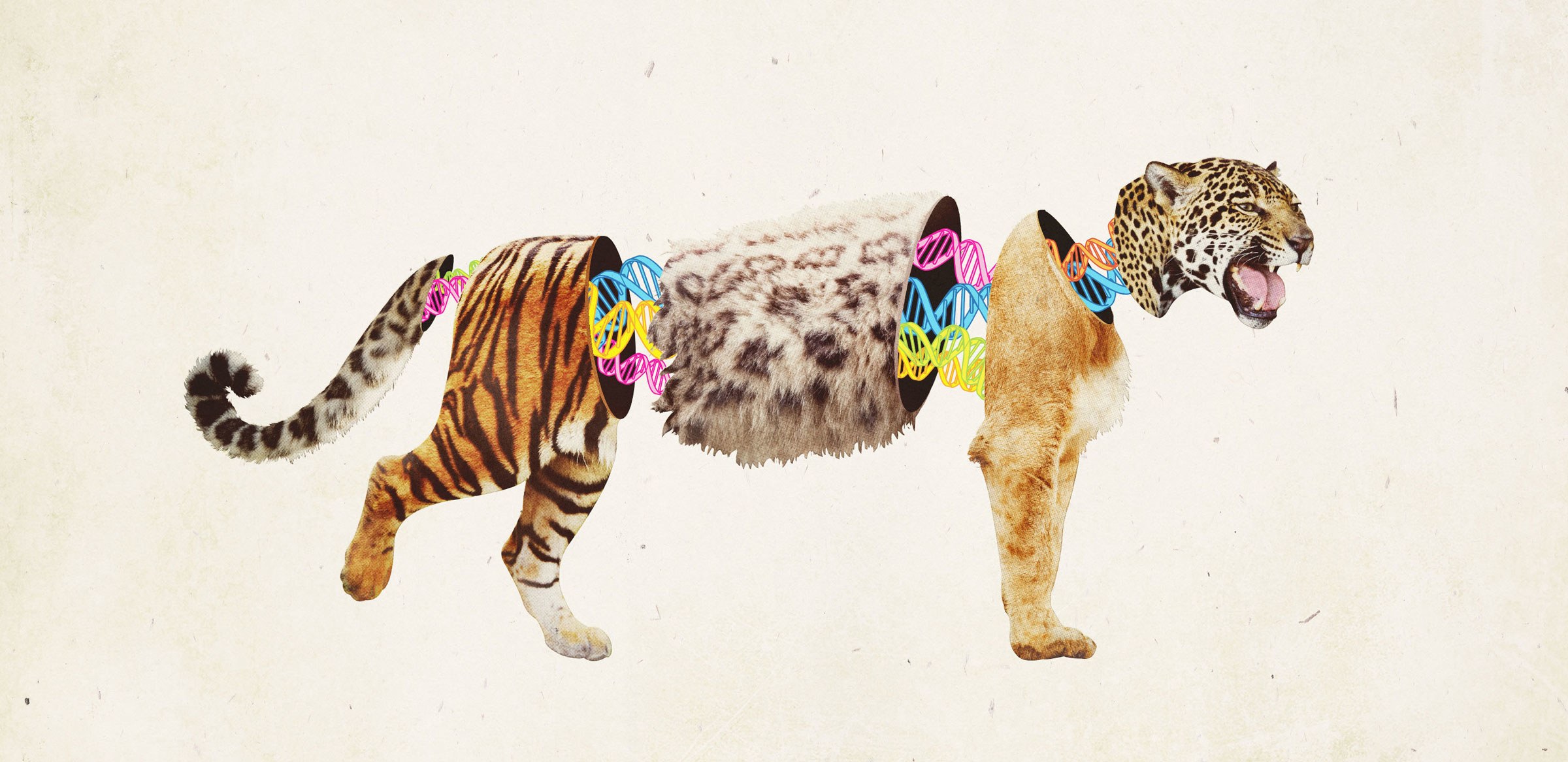A recent mockumentary put out by Animal Planet, “Mermaids: The Body Found“, sent the social media marketplace buzzing with tweets from ill-informed mermaid enthusiasts who thought that the mythical creature had finally been discovered.
The program began with a disclaimer that the events were completely fictional, but as prime time TV viewers surfed the channels and happened upon the mockumentary after the opening disclaimer, they wrongly concluded that the world had at last found our elusive aquatic cousin, the mermaid (and in the words of Ben Stiller, “MERMAN!”) .
While this assumption seems irrational, the program was filled with convincing interviews and dramatic reenactments that (while completely fabricated) did spark some genuine curiosity.
Ok, mermaids are incredibly improbable and probably not credible. Even so, this program got us at DEEPS, along with throngs of eager Little Mermaid enthusiasts everywhere, wondering…could mermaids actually exist? And if they could, how?
How could this hybrid humanoid evolve?
The way we see it; there could be 3 possible evolutionary paths for the mermaid to evolve:
1. A land primate re-enters a aquatic environment and regains some fish like qualities.
2. A fish evolves to have primate-like characteristics and develops a humanoid upper half.
3. Someone got freaky with a fish…
1. The Aquatic Ape: The first answer might have the most merit because all humans do have origins from fish. Neil Shubin’s book, “Your Inner Fish“, describes how we have inherited anatomical and genetic components from our fish ancestors.
However, the aquatic ape theory is much more importantly a story of mammals re-entering a aquatic environment. There are some scholars who believe that early humans lived in a aquatic environment, referencing traits like our lack of body hair, webbed appendages and the diving response. Humans are also able to hold their breath longer than any other land mammal and are fairly aerodynamic in the water. However, it would be a long path for a primate to devolve back to a fish.
The evolutionary process would begin with an primate ancestor wading in shallow swamps or shores. Either due to preference or pressure the primate would diverge from the tree top norm of its species and begin to fish and forage for aqueous animals and plants. This would cause a geographical isolation of a primate population that would divert from the land-based evolutionary branch that would eventually lead to humans.
After a million or so years these creatures could have regained some of their fish like characteristics, possibly a few scales on their legs or webbing on their feet. With every evolutionary step they would become more comfortable with deeper water and after some time they would be freely swimming in the open ocean. Slowly their hind limbs would begin to resemble fins and the skin between their legs would fuse and a large tail fin could develop. This sort of mutation is not unseen in our population. A condition called syndactyly, or “webbed feet”, is caused from a genetic mutation. This mutation stays at a low percentage in the human population, but in a aquatic ape population this mutation would be selected for due to its distinct swimming advantage.
Most important for the marine transition would be some sort of adaptation to allow them to hold their breath for longer periods of time. This adaptation would most likely take the form of a enlarged spleen for red blood cell storage, similar to the anatomy of seals and other pinnipeds. Fully functioning gills and underwater breathing would not be likely due to the large amount of biological systems that would need to be repurposed.
In order to retain human-like arms, the mermaid would need to have had some utility for grasping hands. The mockumentary suggests that they use spears to hunt and this sort of tool using could definitely account for the retention of the arms and hands. Without these features providing some significant survival or reproductive advantage, the humanoid upper body structure would have given way to more streamlined and aquatically favorable features.
It would seem likely that their ears would also be replaced by aerodynamic slits and the aquatic ape’s facial features would smooth out so that they can move quicker through the water. Which means that, unfortunately for anxious sailors, these creatures would most likely all be bald.
2. The Humanoid Fish: For a fish to evolve characteristics of a human on the upper half there would have had to of been some intense pressures on them to move away from the common fish structure. The most essential characteristic to first evolve would be the limbs and appendages. These do have precedence in transitional species such as Tiktaalik and Ichthyostega , however; any species that has evolved limbs previously, has generally been transitioning into shallower water or even towards the land.
The mermaid and MERMAN would have had to evolve these limbs with utility in the deep ocean, possibly to make nests or to use tools. Whatever the case, once the primitive mermaid had these limbs, they surely would have used their hands to build or create which in turn grew their brain capacity. Once their brains were large enough, they likely formed complex social structures with the advent of language. Another marine animal known to have complex audio communication are dolphins.
With these social communities, it is possible that evolution acted to face the eyes, ears, and mouth in one direction for face to face interaction. However, this narrow field of sensory perception left them crippled unless they had a more mobile neck to allow for sensory rotation. I’m sure the terrifying predators of the pre-historic oceans presented some significant selecting factors. Thus, these creatures could have evolutionarily stumbled upon the same head and neck structure as the human species.
This pathway is much less likely due to a theory called, “Parisimony.” Essentially, parsimony states that it is more likely for two species to have similar structure due to common ancestry, than due to evolving similar characteristics individually. Thus, it would appear much more likely that the human-like features of mermaids was due to a common primate ancestry. Or perhaps, humans started out as mermaids?….and MERMEN!?
3. The theory that shall not be named (freaky fish): And for the sake of all parties involved…lets not get into the last possibility…










Leave A Comment